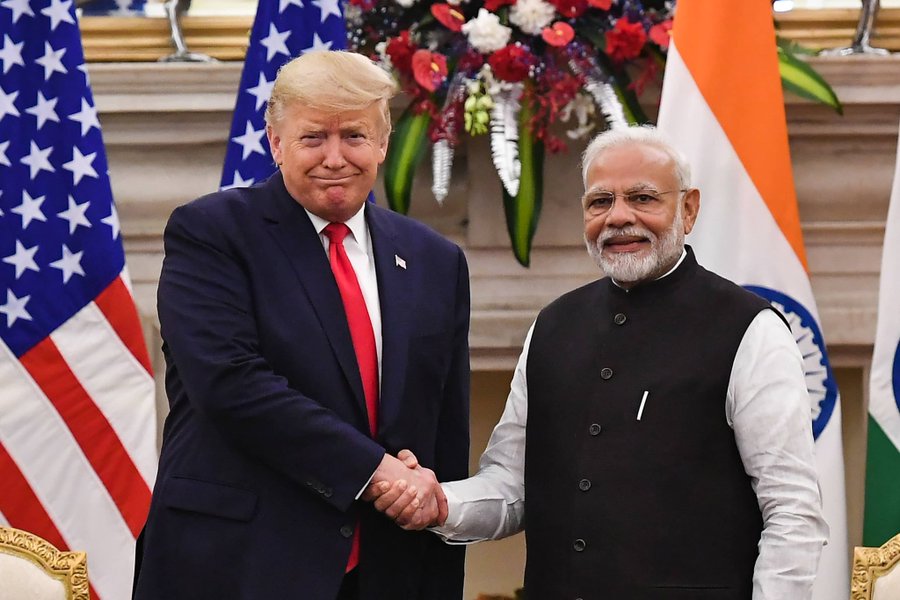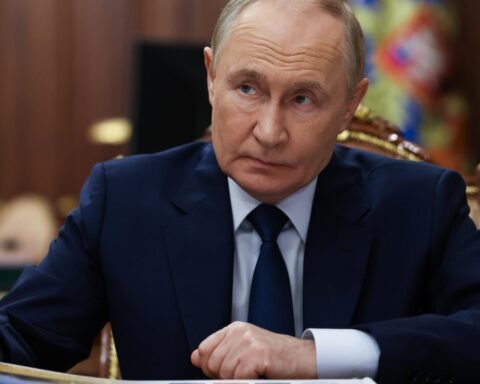As global supply chains undergo seismic shifts, India is moving swiftly to establish itself as a strategic alternative to China in supplying goods to the United States.
With Washington gradually reducing its economic dependency on Beijing due to rising geopolitical tensions, New Delhi sees a rare opportunity to assert itself as a reliable partner across various critical sectors.
Indian officials and industry leaders have expressed growing confidence that the country is well-positioned to step into the gaps left by China in global trade—particularly in manufacturing, electronics, pharmaceuticals, and textiles. Discussions between Indian and U.S. trade representatives have recently intensified, with both sides exploring ways to bolster bilateral trade and investment while strengthening long-term economic cooperation.
A senior Indian official involved in recent talks with U.S. representatives emphasized that India is “ready to respond to global needs with dependable, transparent, and rule-based supply chains.” The statement comes amid rising calls in the West for diversifying import sources and mitigating overreliance on China.
While India may not yet match China’s vast manufacturing infrastructure, it offers significant advantages: a large and youthful workforce, competitive labor costs, democratic institutions, and an increasingly digitized and innovation-driven economy. Additionally, the Indian government has rolled out numerous incentives under its “Make in India” initiative aimed at attracting foreign investment and fostering export-oriented manufacturing.
Also Read; Global Indifference Continues Amid DRC’s Ongoing Turmoil
The U.S., for its part, appears receptive. American companies are actively scouting for alternatives to China, particularly in industries vulnerable to geopolitical shocks. India, already the world’s fifth-largest economy, has emerged as a leading candidate for reshaping the next chapter of global trade realignment.
However, experts caution that India must address several challenges to make this transition successful. These include improving logistics infrastructure, easing regulatory bottlenecks, and ensuring consistent policy frameworks that reassure foreign investors. Strengthening intellectual property rights and upgrading customs procedures are also seen as critical steps to achieving seamless trade flows.
Despite these hurdles, optimism remains high. Trade between the two democracies has steadily grown, reaching over $191 billion in 2023. The current geopolitical climate has only reinforced the strategic value of this partnership—not only economically, but also in terms of shared democratic values and mutual interests in the Indo-Pacific region.
If successful, India’s efforts to become a top-tier trade partner for the U.S. could reshape the balance of economic power in Asia and offer both nations a way to build resilient, future-focused supply chains.







